Technological Innovations
The Commercial Food Warming Holding Equipment Market is experiencing a surge in technological innovations that enhance efficiency and performance. Advanced heating technologies, such as infrared and convection heating, are being integrated into equipment, allowing for more precise temperature control and energy efficiency. This shift is likely to improve food quality and reduce energy consumption, appealing to both operators and consumers. Furthermore, the incorporation of smart technology, including IoT capabilities, enables real-time monitoring and management of food holding temperatures. As a result, operators can ensure compliance with food safety standards while optimizing operational costs. The market for these advanced solutions is projected to grow, reflecting a broader trend towards automation and smart kitchen solutions.
Sustainability Initiatives
Sustainability initiatives are increasingly influencing the Commercial Food Warming Holding Equipment Market. As environmental concerns rise, food service operators are seeking equipment that minimizes energy consumption and reduces waste. Manufacturers are responding by developing energy-efficient warming solutions that align with sustainability goals. This includes the use of eco-friendly materials and technologies that lower the carbon footprint of food service operations. The market is likely to witness a shift towards equipment that not only meets operational needs but also adheres to sustainability standards. As consumers become more environmentally conscious, the demand for sustainable food warming solutions is expected to grow, potentially reshaping purchasing decisions in the food service industry.
Rising Consumer Expectations
Consumer expectations regarding food quality and service are evolving, significantly impacting the Commercial Food Warming Holding Equipment Market. Today's consumers demand not only convenience but also high-quality food that is served at optimal temperatures. This shift in consumer behavior is prompting food service operators to invest in advanced warming and holding equipment that can meet these expectations. As a result, manufacturers are focusing on developing equipment that not only preserves food quality but also enhances the overall dining experience. The market is likely to see innovations aimed at improving user experience and food presentation, which could further drive sales in the coming years. This trend indicates a growing recognition of the role that food warming equipment plays in customer satisfaction.
Increased Focus on Food Safety
Food safety remains a paramount concern within the Commercial Food Warming Holding Equipment Market. Regulatory bodies are continuously updating guidelines to ensure that food is held at safe temperatures to prevent foodborne illnesses. This heightened focus on safety is driving demand for equipment that can maintain consistent temperatures and provide reliable performance. As restaurants and food service providers seek to comply with these regulations, they are investing in high-quality warming and holding equipment. The market is expected to expand as operators prioritize food safety, with a projected growth rate of approximately 5% annually over the next few years. This trend underscores the importance of reliable equipment in maintaining food quality and safety standards.
Growth of the Food Service Sector
The Commercial Food Warming Holding Equipment Market is benefiting from the robust growth of the food service sector. As dining establishments, catering services, and food trucks proliferate, the demand for efficient food warming solutions is on the rise. This growth is driven by changing consumer preferences towards dining out and the increasing popularity of food delivery services. According to industry reports, the food service sector is expected to grow at a compound annual growth rate of around 6% over the next five years. Consequently, this expansion is likely to create a substantial market for food warming and holding equipment, as operators seek to enhance their service offerings and maintain food quality during transportation and service.


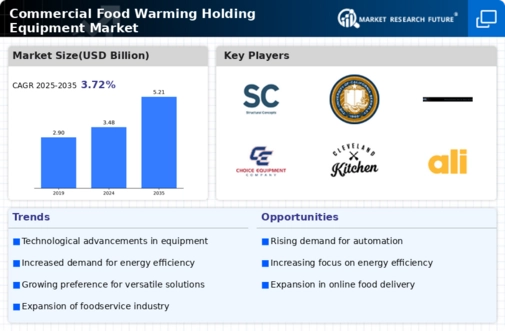
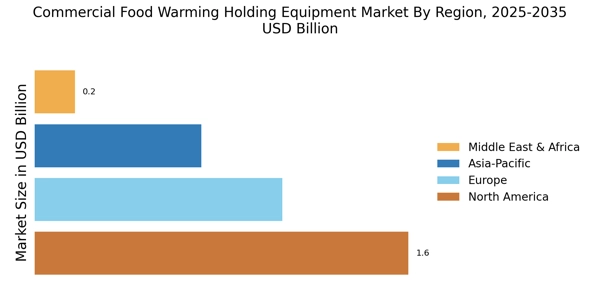
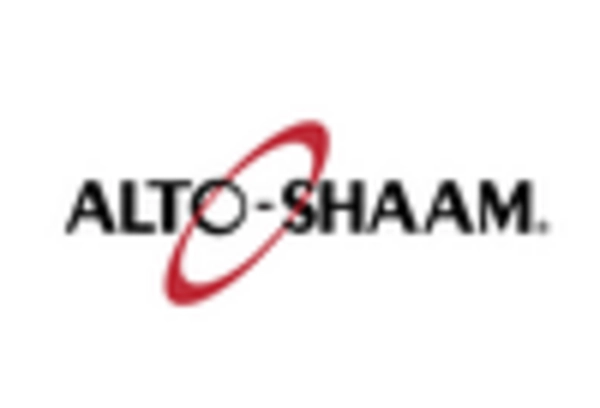

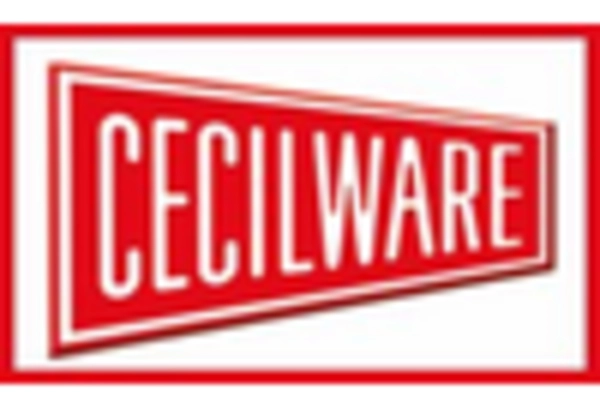

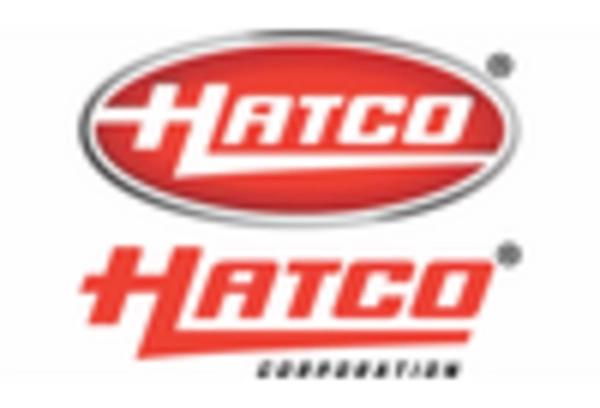









Leave a Comment